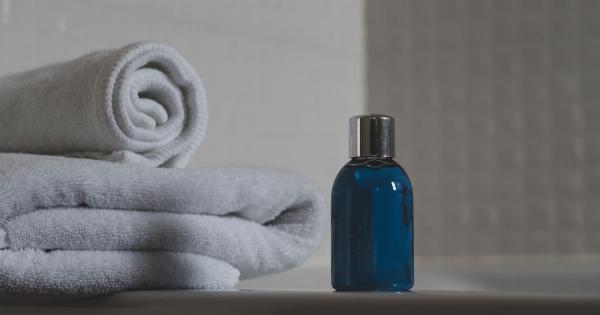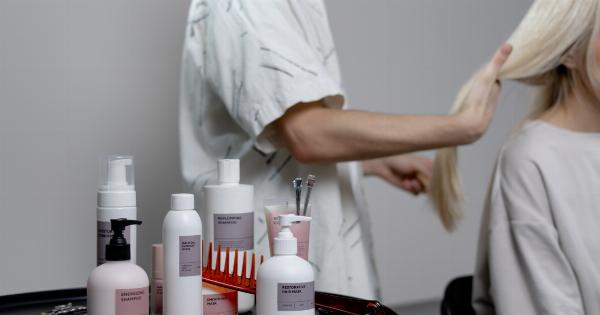Conditioner is an essential part of our hair care routine, helping to moisturize, nourish, and restore our locks. However, if used incorrectly, conditioner can actually cause damage to our hair.
In this article, we will explore eight common conditioner mistakes that can harm your hair, and how to avoid them.
1. Using Too Much Conditioner
Using excessive amounts of conditioner can weigh down your hair and make it appear greasy. It’s important to remember that a little goes a long way. Start with a small amount and apply it from mid-lengths to ends, avoiding the roots.
This will ensure that your hair receives the necessary moisture without being overwhelmed by product buildup.
2. Applying Conditioner on the Scalp
Conditioner is designed to moisturize the lengths and ends of your hair, not your scalp. When conditioner comes into contact with the scalp, it can clog the hair follicles, leading to a greasy scalp and potential hair loss.
Focus on applying conditioner to the areas that need it most- the mid-lengths and ends.
3. Leaving Conditioner in for Too Long
Though leaving a deep conditioner in for an extended period may seem beneficial, it can actually have adverse effects. Over-conditioning can lead to limp, lifeless hair as the excess product weighs it down.
Follow the directions on the conditioner bottle and rinse it out within the recommended time frame.
4. Using the Wrong Type of Conditioner
Not all conditioners are created equal, and each hair type requires specific formulations. Using the wrong type of conditioner can leave your hair feeling heavy, greasy, or dry.
Determine your hair type (e.g., curly, oily, color-treated), and choose a conditioner tailored to its needs. This will ensure that your hair receives the appropriate nourishment without any negative effects.
5. Applying Conditioner Before Shampoo
Conditioning your hair before shampooing may seem counterintuitive, but it can actually result in product buildup and make your hair feel greasier.
Shampooing first removes any excess oils and product residue, allowing the conditioner to penetrate your hair more effectively. Always shampoo before conditioning for optimal results.
6. Rinsing Out Conditioner with Hot Water
While hot water can feel relaxing, it can also strip away essential oils from your hair. When rinsing out conditioner, use lukewarm or cool water instead.
Cooler water helps to seal the hair cuticles, locking in moisture and leaving your hair shinier and healthier.
7. Not Rinsing Out Conditioner Properly
Leaving residue from conditioner in your hair can make it appear dull and lifeless. Thoroughly rinse out the conditioner to ensure that no product is left behind.
Pay extra attention to the back of your head and underneath your hair, as these areas are often neglected and prone to product buildup.
8. Overusing Leave-in Conditioners
Leave-in conditioners are great for providing added moisture and protection to your hair. However, using them excessively can leave your hair feeling greasy and weighed down.
Apply leave-in conditioner sparingly to avoid buildup, and focus on the ends rather than applying it all over your hair.
Conclusion
Conditioner is a vital part of our hair care routine, but using it incorrectly can cause damage to our hair. Avoiding these eight conditioner mistakes will help keep your hair healthy, moisturized, and looking its best.
Remember to use an appropriate amount of conditioner, apply it correctly, and choose the right products for your specific hair type. With the right approach, conditioner can be your hair’s best friend.






























